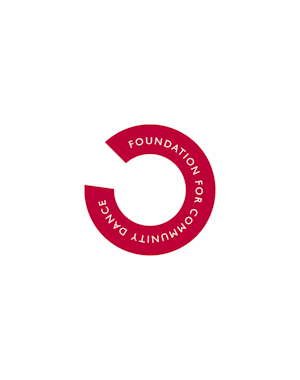
Animated Magazine Edition
Info:
Kath curated an Australian-focused series of articles for the Autumn 2011 edition of ‘Animated’, the magazine of the Foundation for Community Dance (UK).
The edition included an introduction (below) along with five articles: an introductory conversation ‘Dancing under a big sky’, with artists Annette Carmichael and Lee Pemberton; a profile of the rich practice of Darwin’s Tracks Dance Theatre; a survey of recent developments in the education of dance leaders in Australia by Dr Katrina Rank; an exploration on the fuzzy line between participation in flash mobs and large-scale participatory dance projects from dance consultant Michelle Silby; and a feature on dance in the hospital wards of Flinders Medical Centre by Leigh Warren and Dancers.
Web:
Kath’s introduction:
It has been a great pleasure to work with Ken Bartlett at the Foundation for Community Dance to ‘curate’ this Australian-focused edition of Animated, a publication I have long admired and enjoyed.
I am a creative producer and dance consultant working freelance for two years now, since I ended my seven-year directorship of Ausdance Victoria, the Victorian office of Australia’s dance advocacy and support network. This edition has been an opportunity to explore questions and ideas that have long interested me, and which I have sought to influence in various ways through my professional practice of the last decade. I have been concerned to give Animated readers an insight into some bigger picture issues and trends in Australia, as well as a window into specific and unique practices and projects. In the process I have made some observations I would like to share here.
Practices and aesthetics that fall outside the Western-dominated ‘professional’ mainstream are still largely undervalued in this country. I still don’t quite understand why this is still the case when choreographing and dancing with a rich variety of people offers such a wealth of opportunities for both the individuals involved and the development of the art form. There also persists a substantial division in the minds of many between ‘professional’ and ‘community’ practice, when the reality is that many practitioners work in many modes at different times – or concurrently – as they piece together a livelihood.
The five articles that follow reveal that a wide variety of practices are thriving around the nation, both in urban and regional settings. Practitioners are not overly concerned with definitions of or overarching banners, and are making very individual work that is deeply informed by location, environment and the make-up of their community. Dance participants aren’t really concerned with definitions either, and large numbers of people are taking up opportunities to express themselves and connect to community through dance projects offered by organisations and festivals large and small. New training initiatives are raising standards across the dance sector. Dance is becoming richer for the development that is occurring.
I hope you enjoy this insight into Australian community dance.
